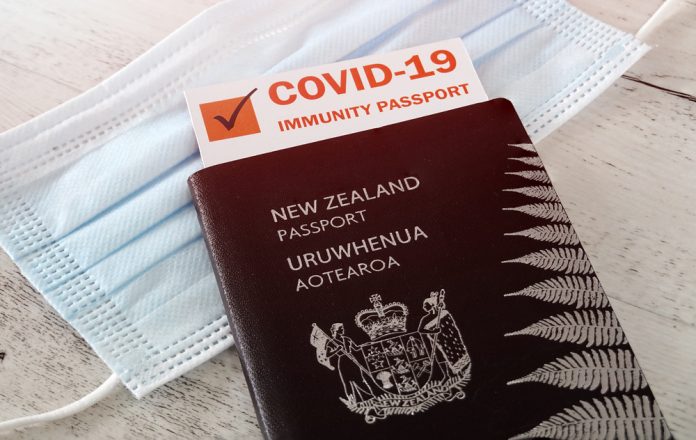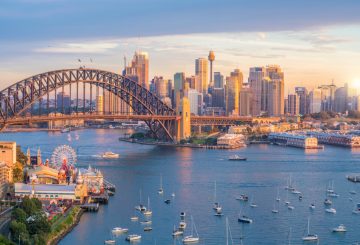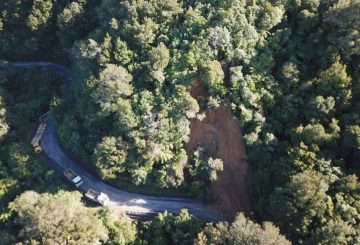新西兰将在下个月为国际旅行者增加疫苗授权。
从 11 月 1 日开始,新西兰将要求非公民在进入该国之前必须完全接种疫苗。17 岁以下的儿童、新西兰公民和由于医疗原因无法接种疫苗的人免疫。
大多数旅客在下个月抵达时仍需完成 14 天的隔离,并在首次国际航班起飞后 72 小时内出示冠状病毒检测阴性。
新西兰 COVID-19 应对部长克里斯·希普金斯周日在一份声明中表示,大多数游客已经接种了疫苗,但该任务旨在 “在边境提供额外的保护层”。
希普金斯说:“即使是一个案例也存在风险。”“但是,高且广泛传播的疫苗接种率将意味着更多的自由,更少的限制,以及免受病毒侵害所带来的日常信心。”
新西兰航空还宣布,从 2022 年 2 月开始,所有乘客必须完全接种疫苗。
明年,随着该国向 “低风险” 国家重新开放边境,入境要求将放宽。
总理贾辛达·阿登本月表示:“我们的最终目标是为所有接种疫苗的旅行者提供无隔离旅行。”
新西兰在准备重新开放国际边界时增加了疫苗接种要求





























































